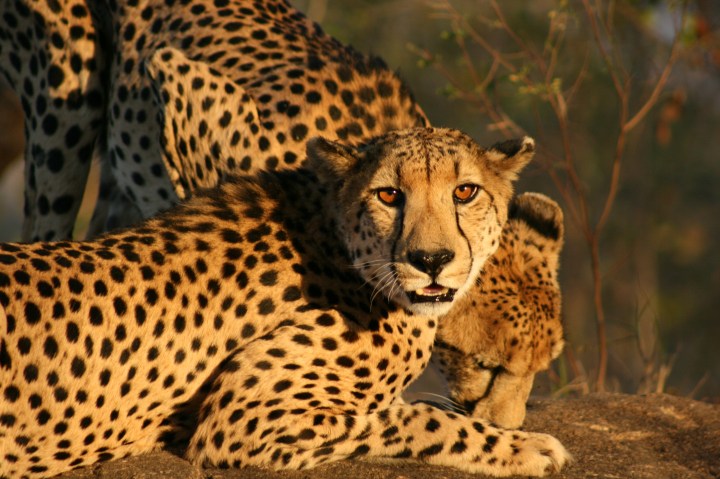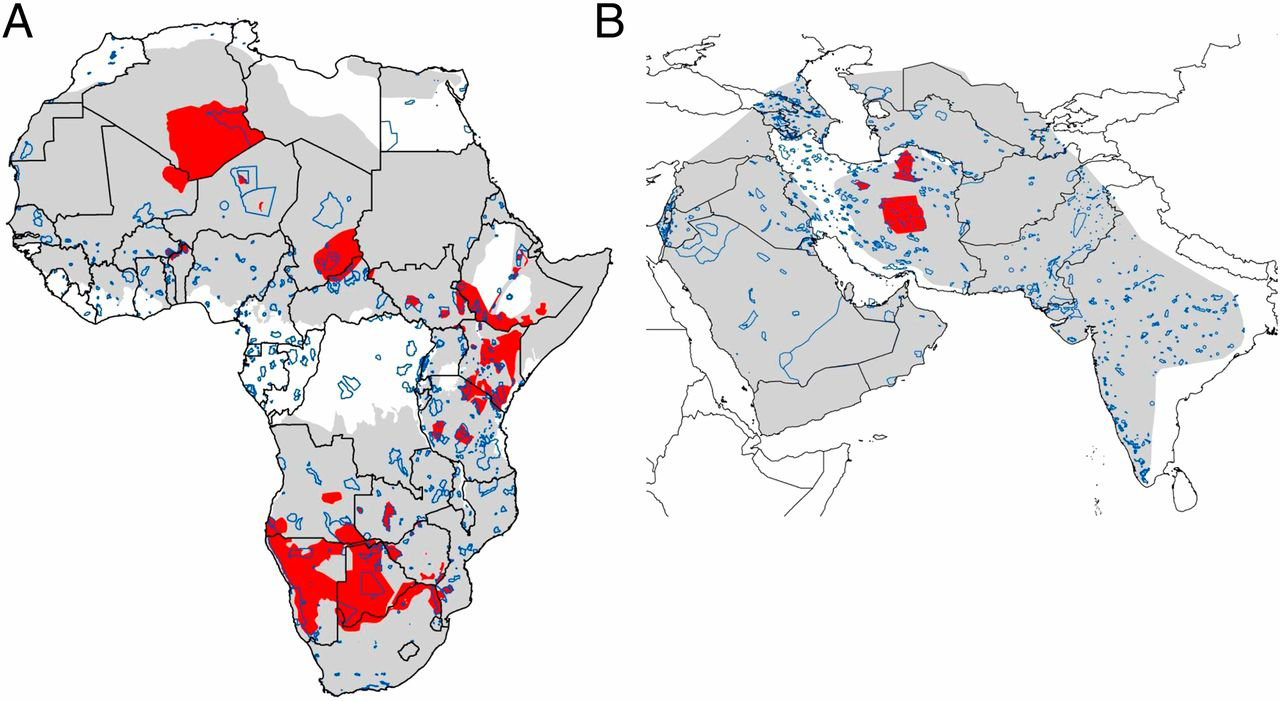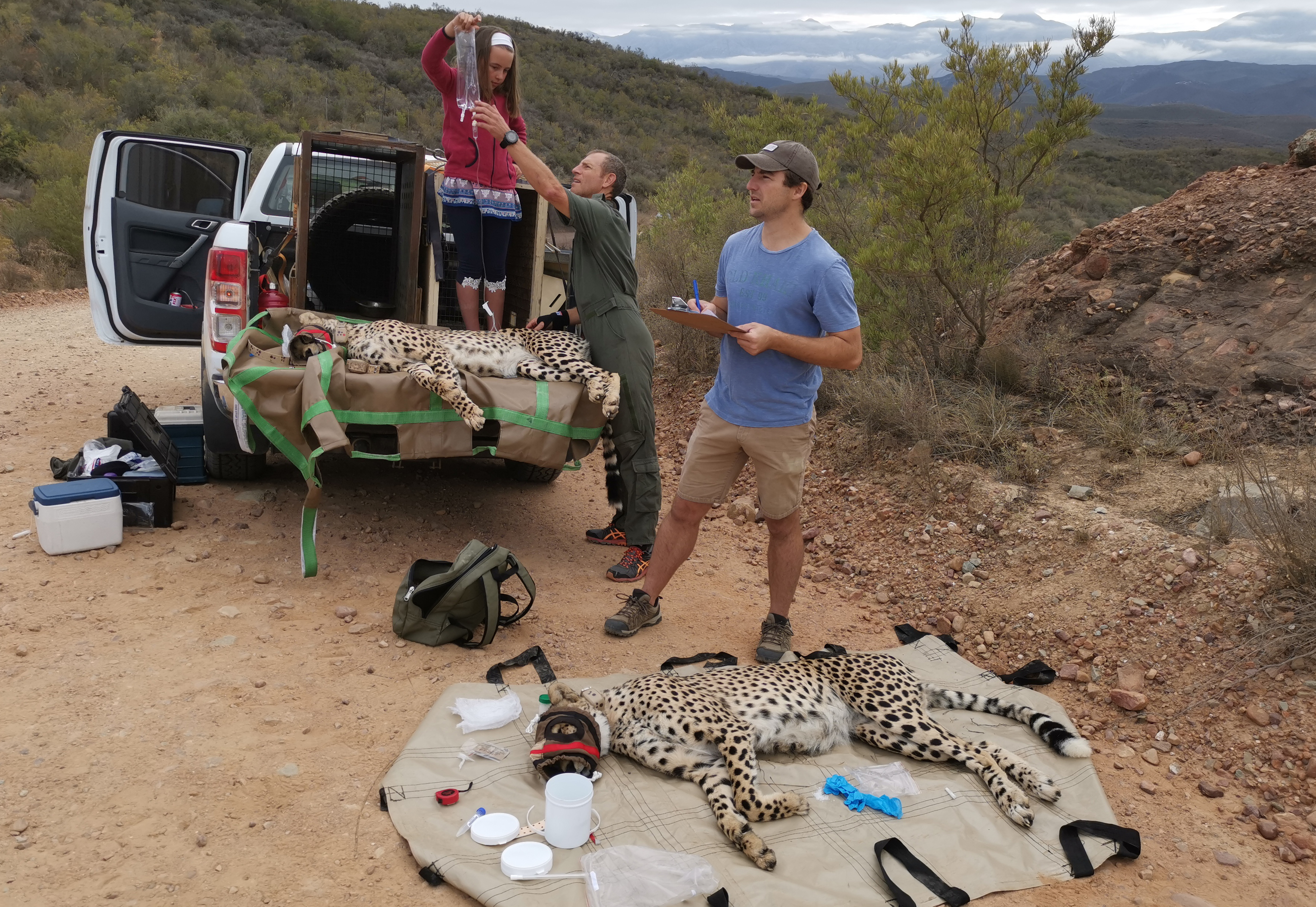HUNTING CATS
Cheetahs cleared for take-off after South Africa-India ‘extinction reversal’ agreement

The ambitious conservation project offers the hope of creating vital new living space for wild cheetah populations but it has drawn both praise and criticism from experts and conservation groups.
A dozen cheetahs — all cooped up in small boma enclosures for the last six months — are finally set to embark on a 9,000km journey to a new home on another continent within the next two weeks.
This follows a series of delays in the signing of an official memorandum of understanding between the governments of South Africa and India to move up to 120 African cheetahs to Asia over the next decade.
The plan to re-introduce this charismatic hunting cat species to a continent where cheetahs have been extinct for roughly seven decades has drawn both acclaim and criticism from wildlife experts and conservation groups.
Those in favour believe the conservation project offers the hope of creating vital new living space for wild cheetah populations after a precipitous decline in the species due to relentless human pressure.
However, critics have questioned whether it is still feasible to re-establish the species in Asia while others have characterised the translocation as a “vanity” project that harks back to the days when wealthy Indian princes trained cheetahs to hunt down antelopes or kept them as pets.

Cheetahs have vanished from 90% of their historical range in Africa and almost entirely the Middle East/Asia. The grey shading shows their historical range, and the red shading shows the range where cheetah are believed to be resident. (Source: PNAS / Durant et al 2016)
Nevertheless, there are now just 6,500 mature adults left in shrinking wild habitats globally. Cheetahs have vanished from 90% of their historical range in Africa and entirely from Asia — with fewer than 30 Asiatic cheetahs left in the world (all in Iran).
India has been trying to source Asiatic specimens since the mid-1950s. but the Iranian population is now too small to be fragmented for relocation to other nations.
Earlier this week, South Africa’s national environment department confirmed that, following months of delays, a Memorandum of Understanding had been signed with India.
Under this agreement, an initial batch of 12 cheetahs is scheduled to fly from South Africa to India in mid-February, joining eight cheetahs introduced from Namibia in September 2022.
“Restoring cheetah populations is considered to be a priority for India and will have vital and far-reaching conservation consequences, which would aim to achieve a number of ecological objectives, including re-establishing the function role of cheetah within their historical range in India and improving and enhancing the livelihood options and economies of the local communities,” the department said in a statement on January 26.
It also confirmed plans to translocate up to a dozen cheetahs annually for the next 10 years at the request of the Indian government.
Visit Daily Maverick’s home page for more news, analysis and investigations
The project is being coordinated by South Africa’s Department of Forestry, Fisheries and the Environment (DFFE) in collaboration with the South African National Biodiversity Institute (Sanbi), South African National Parks (SANParks), the Cheetah Range Expansion Project, and the National Tiger Conservation Authority (NTCA) and the Wildlife Institute of India (WII).
Other partners assisting with the project include Dr Adrian Tordiffe of the University of Pretoria’s Faculty of Veterinary Science; the andBeyond Phinda Private Game Reserve and Rooiberg Veterinary Services.
The 12 donated cheetahs have been sourced from andBeyond Phinda Private Game Reserve, Tswalu Kalahari Reserve, Mapesu Game Reserve and the Waterberg Biosphere.
Though visually identical, the southern African cheetah (Acinonyx jubatus jubatus) is slightly different from the Asiatic cheetah subspecies (Acinonyx jubatus venaticus), having been separated genetically for several thousand years.
Vincent van der Merwe, head of the South African Cheetah Metapopulation Project, has been spearheading a local project to boost wild cheetah numbers by shifting animals around on a regular basis, mainly among smaller private wildlife reserves.

Vincent van der Merwe (right) and wildlife vet Dr Brendan Tindall oversee the translocation of another two cheetahs from a South African reserve. (Photo: Cynthia Stroo)
The project has recorded remarkable success, more than doubling this metapopulation from 217 to 504 cheetahs in less than a decade. These animals are now spread across 69 reserves in four countries.
Van der Merwe expressed relief yesterday that the memorandum had now been signed, but also voiced frustration that the 12 animals had steadily lost fitness and health over the last six months because they had been confined in quarantine bomas while a final decision was made about their future.
“Obviously we are very relieved that the cheetahs are now ready to go, but their fitness and condition has been compromised by six months of boma quarantine.”
So far, all eight Namibian cheetahs moved to Kuno National Park in India last year have survived and started to hunt down Indian antelope in small enclosures within the park. But the real test will come in a few months when they have to find free-ranging prey and also contend with leopards, wolves and bears in the larger, unfenced 75,000-hectare park.
Further criticism has come from Indian wildlife biologist and conservation scientist Dr Ravi Chellam who argues that the cheetah translocation project is “poorly conceived and grossly expensive”.
He noted that the Kuno reserve was originally earmarked to expand the range of Asiatic lions. Chellan says there are only around 700 of these lions left in the world, and their translocation should take priority over cheetahs from Africa — DM/OBP

















 Become an Insider
Become an Insider
Comments - Please login in order to comment.